CAR TIPS & ADVICE
When is it time to change your car tires? | Tips for buying replacement tires
Dec 03, 2020
All tires will wear out, be damaged, and, eventually, need to be replaced. Remember to be well aware of the car tires and the time to replace them for the best performance.
The performance of tires is very crucial to ensure the safety and overall performance of your vehicle. But at some point, your tires will start deteriorating and lose their traction and braking function. So what are the signs when your car tires need change?
Keep reading this article by Philcarreview.com to find out!
1. When to change your car tires?
If you are unsure when to start searching for new tires, there are a few signs that can help you stay informed like the tire tread, tire damage, or your tire’s year of production.
Treadwear bars (Treadwear indicators)
The first and easiest way to check whether the tire has been worn out is to check the tire tread. The tread is the part of the rubber tire that comes into contact with the road. That means the primary function of tire tread is to divert water from underneath the tire to increase traction and prevent hydroplaning on wet roads. If your tire tread matches have already exceeded the wear indicator point (normally 1.6mm), it is a warning that your tire needs replacing soon.
When you look at your tire wear indicators, be sure to look at the entire surface of the wheel, not just one particular spot.
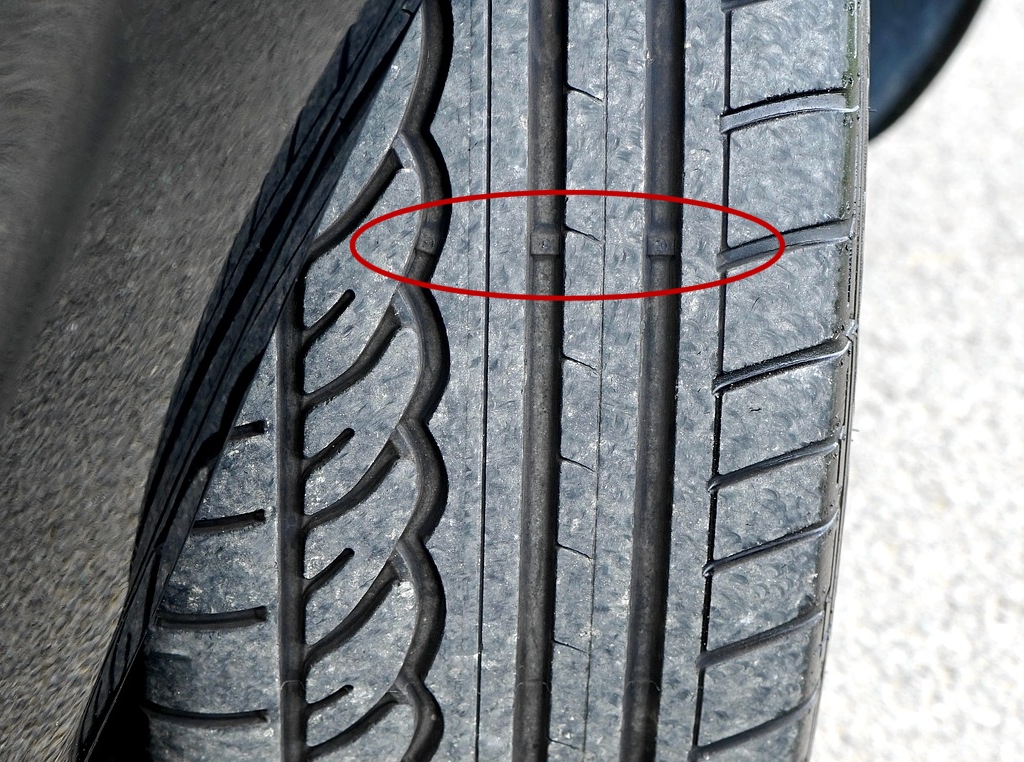
Tires wear patterns
A bulge or bubbles implies that the rigid inner frame of the tire has been weakened and broken, allowing air pressure to access the flexible outer layers of the tire. Any tires with sidewall bulges should be changed immediately, regardless of the tire tread condition.
Never drive on a car that tires have a sidewall bulge. This signals that the structural integrity of the tire has been substantially weakened, thereby raising the risk of sudden failure or blow-out at highway speeds.
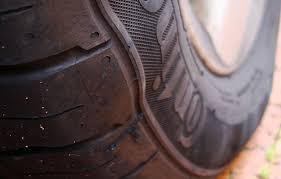
Damaged sidewalls
The sidewall is the surface of the tire beyond the rim that faces you while the vehicle is stationary. Damaged sidewalls can affect tire pressure, resulting in a less fuel-efficient drive. If you see any damage to the sidewall, get your tire checked immediately. Don’t sustain any hopes of repairing punctures on the sidewall that are bigger than 0.64 cm.
Tire punctures
If you come across one puncture for your tires, make sure to replace it with a spare before you leave your home, as it is never a good idea to run on a damaged tire. Always make sure your spare tire is fully inflated and is in good driving status.
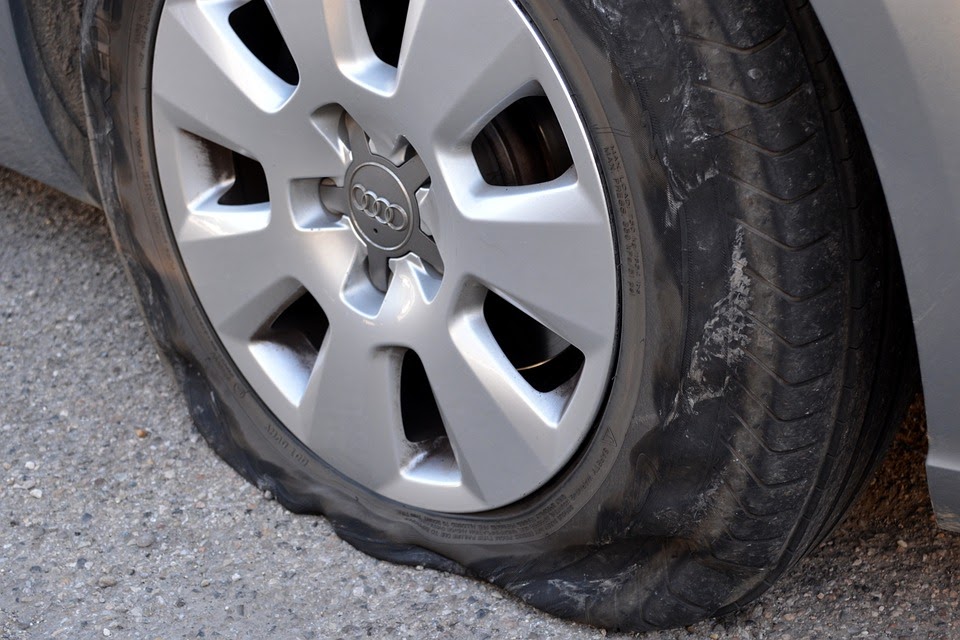
Unwanted vibrations
Another way to know when to change car tires is to watch for unexpected vibrations when you drive. These noises may mean many things, but their probable cause is unbalanced or uneven tires. If the tire is not balanced, it can wear out unevenly, causing the tread to be lower on one side compared to the other.
Replace your tires every 6 years
Another way to decide whether it is time to change your tire is its production year. Most government transport departments put 4-digit numbers on the sidewall. The first two numbers are the week, and the last two are the year. For example, 1208 means that your tire was made in the 12th week of 2008. If the tire is more than 6 years old, it's time to replace it. Prevention is better than cure!

2. How to buy suitable replacement tires?
Many people don't know whether they have to change all four tires or not. The answer is it depends. You better consult with the car manufacturer for the best advice.
If you decide to buy an all-new set of four tires, everything seems to be easy. It is also advisable to replace all four tires simultaneously. However, if you only change one or two tires, you should take a closer look at the size, the speed ratings, and the special load-bearing ability to make sure that the new one fits the rest of the tires.
One more thing, if you buy two new tires, you should better equip them on the rear wheels for more traction and stability when driving.
It is obligatory to place the radials on the rear axle and never mix the radials and the non-radials (crossply tires).
>>> Also check out:
- 7 common mistakes in car maintenance to avoid
- 4 useful maintenance tips to keep your car in pristine condition
3. Final words
Lastly, we hope you found our guide helpful with deciding when to change your car tires and we recommend you always consult car or mechanic experts before changing your tires
Stay updated with all car tips & advice on Philcarreview.com!
-

10 Basic Road Lines Meaning Philippines - Must-know to Drive Safely
-

Car battery lifespan and tips to extend battery life
-

Best Hatchback Cars Philippines Suggestion For You
-

Things You Should Keep In Mind When Buying Used Car
-

Car Conduction Sticker: Where & How Can You Get It In The Philippines?
-

South East Metro Manila Expressway: Route Map & Latest Update
-
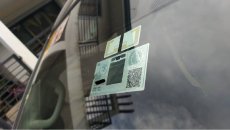
LTO RFID Sticker Penalty 2020: Every Driver Should Know
-
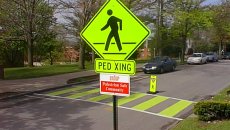
Ped Xing Meaning: What Does This Mysterious Sign Actually Mean?




